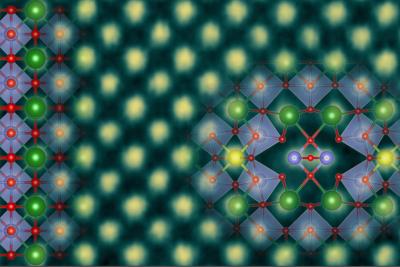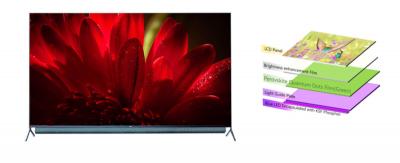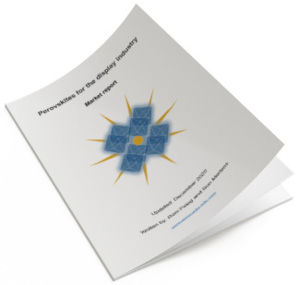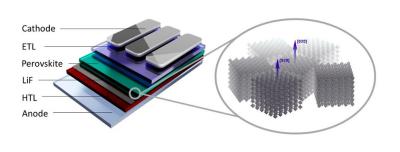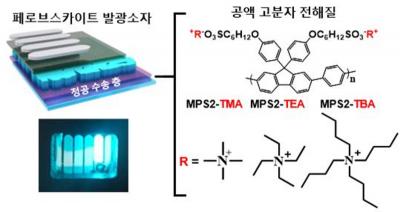Researchers design new method to achieve directional polarized light emission from thin‐film LEDs
Researchers from North Carolina State University and the University of Texas have developed and demonstrated a new approach for designing photonic devices. The new method enabled the team to control the direction and polarization of light from thin-film LEDs, overcoming the widely known obstacles of beam shaping that arise from their Lambertian nature. Such LEDs with directional and polarized light emission could be useful for many photonic applications.
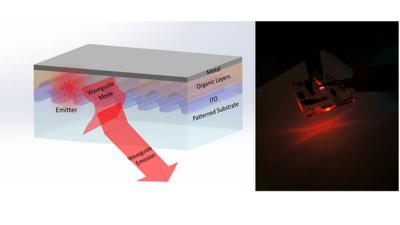
'This is a fundamentally new device architecture for photonic devices,' says Franky So, corresponding author of a paper describing the work and Professor of Materials Science and Engineering at NC State. 'And we've demonstrated that, using our approach, directional and polarized emissions from an organic LED or a perovskite LED without external optical elements can be realized'.
